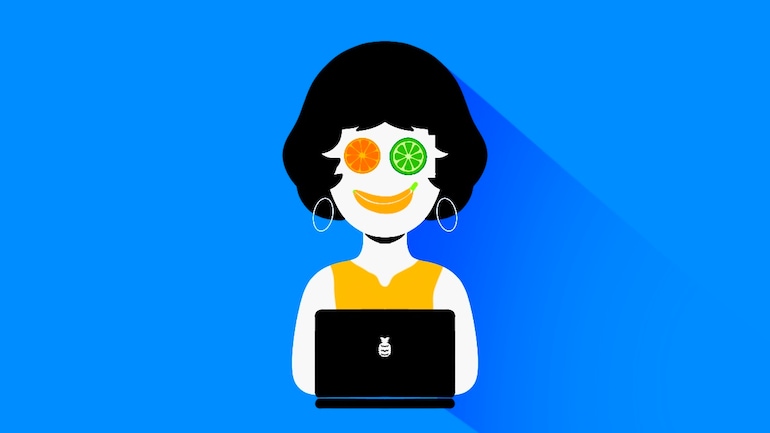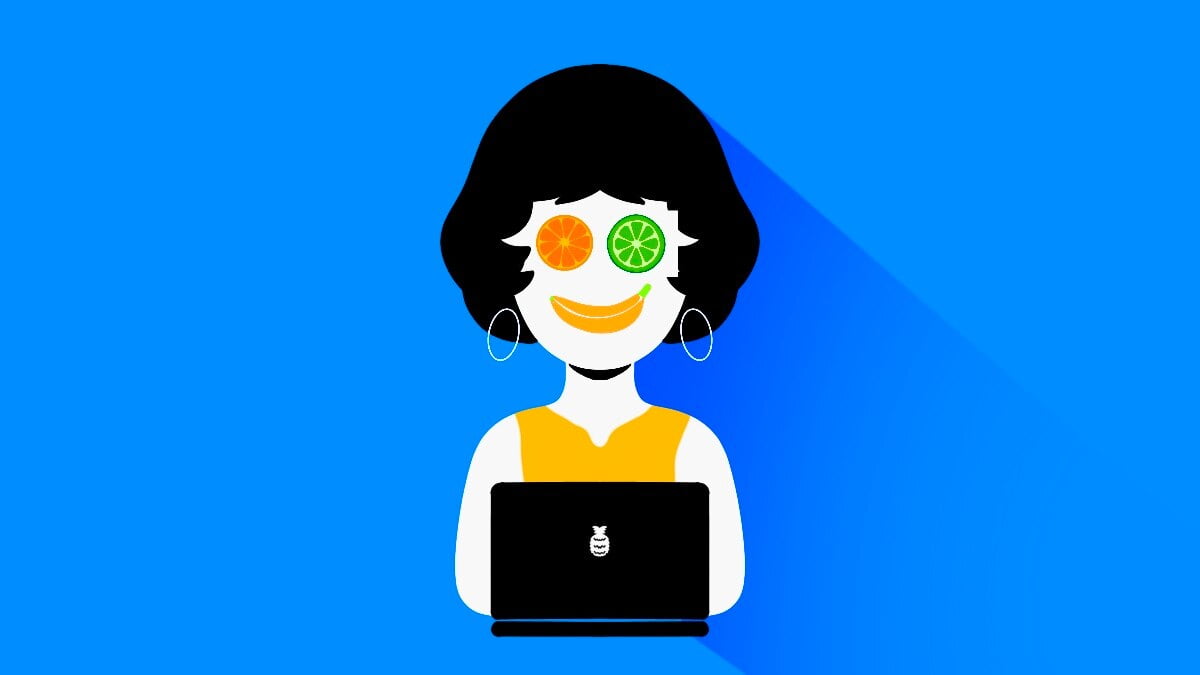
Working from home and snacking all day on calorie-laced junk? You are not alone in this senseless grab and gorge act. There are several out there doing something similar almost on a daily basis. Reasons can vary; it can be because of long-extended Zoom meetings with no time left for proper meals, due to the urge to munch on something while working, or simply because of feeling low and lethargic. Is there a way to eat and snack smartly and not add to that expanding waistline? Apparently, yes.
The ideal thing would be to avoid delaying or skipping meals because of work pressure as that increases the production of cortisol, which can raise stress levels. Avoiding meals also cause metabolism to slow down and lead to weight gain. According to nutritionist and fitness expert Manisha Chopra, “If your main meals get delayed, try having some light snacks by the time you get done with your meetings. This will not make you feel hungry and you won’t end up eating a lot. For example, if you don’t have time to eat a full meal, have a bowl of yoghurt or a granola bar. Something is always better than nothing.”
Learn to differentiate
The first rule is always to snack to satisfy your hunger and not boredom. For the latter, a glass of water or a chat with a friend will do the trick. The second rule is to steer clear of snacks that are high in sugar as you will end up even more hungry a few minutes later. Author and nutritionist Kavita Devgan suggests we know the difference between feasting and snacking and to get the portion and calories of the snack right. A big burger with fries, for that matter, is not a snack, it’s a meal. “Snacks are meant to be small, but satisfying portions, say half a plate of bhel, or two pieces of dhokla. Ideally, they should be between 100 to 200 calories and should fit in with your food plan for the day,” says Devgan.
It’s always best to reach for foods that are loaded with resistant starch as these deliver super satiety—like slightly underripe bananas, seeds-oats-nuts mix, roasted chickpeas, salted-steamed corn, and stir fried/ boiled peas. To make snacking healthier and wholesome, try to have something that is full of fibre and essential nutrients, such as nuts, seeds, roasted makhanas, kale chips, unsalted popcorns and fruits. Don’t have something that is fried and full of fats, such as cookies, fried mixture, potato chips, burgers, pizzas and soft drinks.
Stick to rules
Working from home might be the safest mode due to the pandemic, but it curtails physical activity, resulting in social and mental changes and that affects our eating. “Ensure that you eat healthy while working from home by planning your meals ahead, keeping healthy snacks accessible, modifying the portion of your meals and staying hydrated,” recommends Chopra. By planning the meals—both main as well as snacks—you won’t end up eating junk.
Let snacks do extra work
Mixed nuts provide a healthy balance of proteins, fats and fibre and you can have a handful when hungry. Apple slices with peanut butter, cucumber slices with hummus and chia pudding are some other options. “A fibre-rich fruit with a healthy, protein filled, flavourful butter, a whole apple would be enough to ease your hunger. Similarly, a crunchy and creamy snack full of fibre, heart-healthy fats and plant-based protein—you can have one whole cucumber whenever you crave for snacks,” adds Chopra.
[“source=indiatoday”]




